481
Newsletter
Subscribe to our newsletter for exclusive content, latest news and trends, and exciting new features.
Tranding
Categories
Health and wellnessLiterature and writingScience and natureEntertainmentEducation and learningBeauty and personal careFood and cookingTechnologyHome and gardenMusic and EntertainmentTravel and tourism
Environment and sustainabilityPets and animalsLifestyleGaming and esportsSports and fitnessArts and cultureBusiness and entrepreneurship
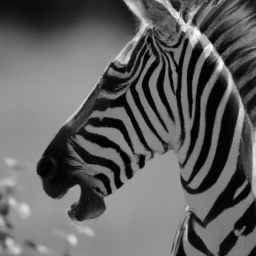
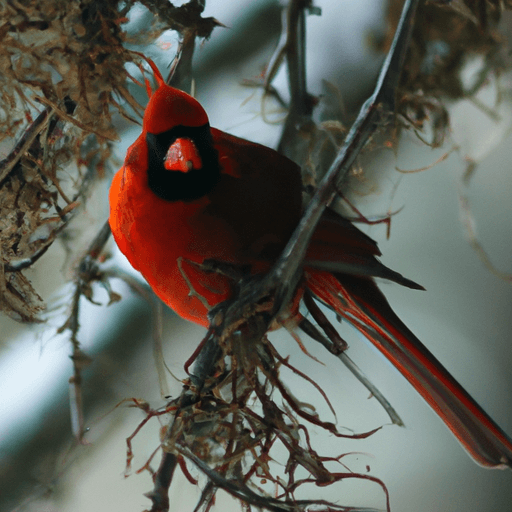
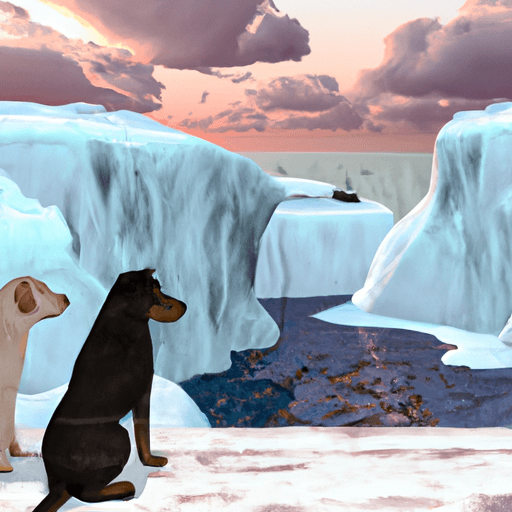



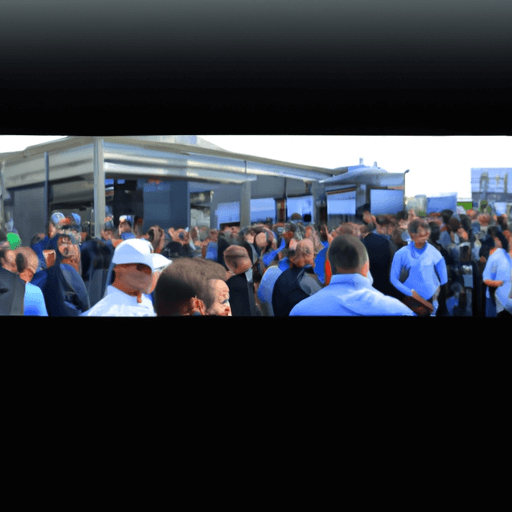
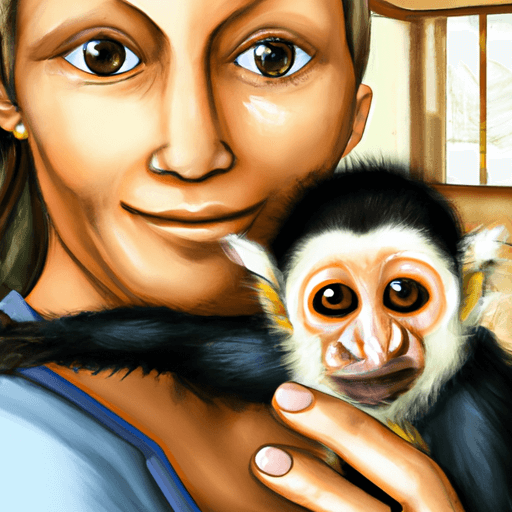




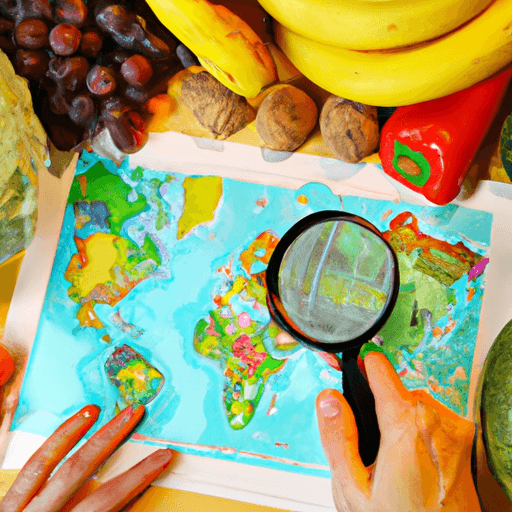





Comments
Leave a Comment